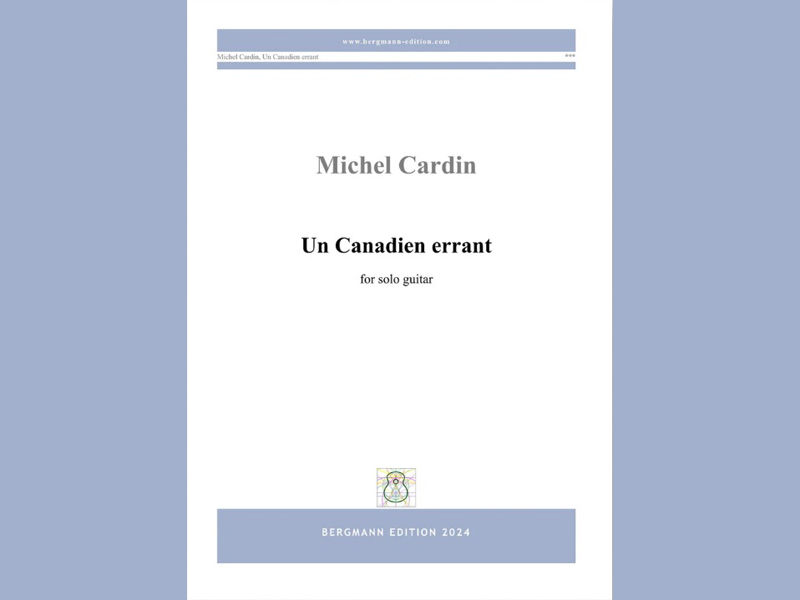Gillian Robinson : Ebb and Flow : Bergmann
- chrisdumigan
- May 17, 2022
- 2 min read
Updated: Jun 4, 2022

Gillian Robinson
Bergmann Edition: 10 pages
British composer Gillian Robinson has produced a set of 4 pieces here, collected under the title of Ebb and Flow.
I haven’t seen this lady’s music before, and the first thing that strike you is that, for example in No1, there is absolutely no part – writing. It starts with no speed marking firstly, which is fair enough, perhaps. Set in C#m in 4/4 its first bar has 4 quavers followed by two crotchets, a low 5th string C#, then three pairs of thirds, on the C# the octave above and its E above that, but all written as quavers. Then there is chord with a G#, on line two of the stave, with a D# a fifth above, and a high C#, followed by a lone G# sitting on the top line of the stave. So, the low first quaver, is, or isn’t meant to hang on below the next three quavers? Does the writer want the pairs of thirds on strings 1 and 2, or 2, and 3? Or doesn’t it matter to her? Then the three note chord; is the following G# really sounding on its own? Or does the chord hang over it, in some way? This is only the first bar! Nearly every bar afterwards has the same problem. Where are the voices?, and if it really is meant to be read and played EXACTLY as she placed it on the stave like that, then it is unusual enough to be mentioned somewhere in the Preface. Then add that to the fact that the music is extremely enigmatic in style, with a number of pauses, and no real idea of where the piece is trying to go, and you are left puzzled.
The same thing happens with No2.Absolutely no part writing at all. With the 3rd piece the part writing is there but the enigmatic quality of the music left me very unemotional. I didn’t really know how to play what I could see, moving around as it does. Again there are numerous pauses, and comma breaks, and a number of key and speed changes that do leave you wondering where the piece is going. Incidentally at bar 33 you are supposed to be holding a D#, the one directly under the stave as a crotchet, whilst in the other voice playing 2 quavers, consisting of the C directly below, followed by the E a semitone higher, a feat I certainly couldn’t find how to play. That is the other fact, no fingerings, or string indications at all. It was all so unusual I went on line, expecting to find that the piece was originally for some other instrument, and had been arranged for guitar, but no. It appears to be an original work for guitar.
I am sorry to be so negative about a set of guitar pieces, but I was so confused by it all, that to be frank, I had lost all interest by No4.
Chris Dumigan




Comments